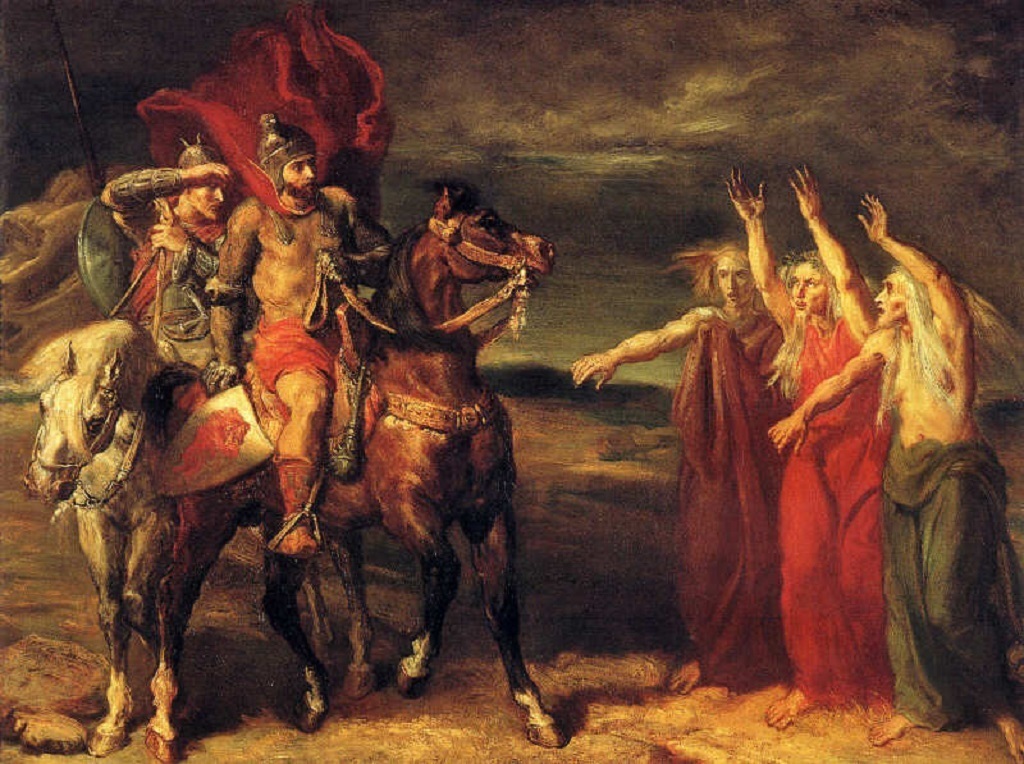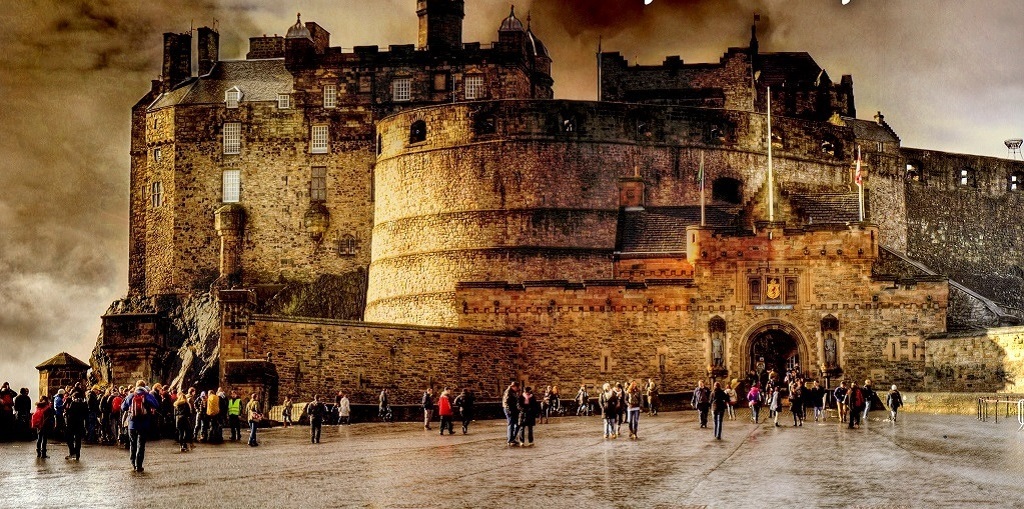
Fair is foul and foul is fair in the Great Witch Hunt
In our open society of the 21st century, where people are allowed to practice their believes, it’s easy to forget about the Great Witch Hunt in Scotland.
It’s 421 years since they took place, during which time hundreds of men and women were tried and tortured in a campaign led by fear and paranoia.
From March to October 1597 the whole of Scotland took part in a nationwide witch hunt. Driven by fear and distrust villagers turned on each other and any man or woman deemed a little odd was imprisoned and put on trial for witchcraft and sorcery.
Encouraged by King James VI, who the previous year has published a booklet called Deamonologie which focused on black magic and witches, also touching on werewolves and vampires, the witch hunt ravaged through Scotland. William Shakespeare was inspired by the king’s writings and his involvement with witch hunts in Scotland when writing his play Macbeth.
Scotland’s obsession with witches begun after King James became embroiled in a trail in Copenhagen when he visited in 1589 to collect his bride to be, Anne of Denmark. Their return fleet had been struck by stormy weather and they were forced to spend several days in Norway. The burgomaster of Copenhagen’s wife was blamed for causing the storm and after a trial her and one other were burned. Troubled by what he had seen in Denmark, James quickly set about hunting down witches in North Berwick, where their boat landed, who may also have been involved.

Macbeth and Banquo meet the witches
Shortly after their safe return to Scotland, more that 100 witches were arrested and many confessed to practicing black magic and being in cahoots with the devil. One of the accused, Agnes Sampson from Humbie, was made to wear the ‘witch’s bridle’, an iron mask with sharp prongs that protruded into her face and mouth, until she confessed.
Another, Dr John Fian, had his fingernails extracted and a pilliwink or thumbscrew applied, as well as a number of other unspeakable contraptions intended to cause extreme pain and disfigurement. Both Sampson and Fian were burned in front of a crowd on Castlehill.
The Survey of Scottish Witchcraft estimates almost 4000 people were accused, of which over two thirds were executed, between 1563 and 1736 when the Witchcraft Act was enforced.
The majority of these were women, most often aged between 50 and 60 who, considering age expectancy was much lower in the 16th and 17th centuries, would have been community elders. 32%, by far the majority, came from the Lothians and were executed on Castlehill.
A major piece of evidence given at trial was the presence of the ‘witch’s mark’. The survey identified 10 professional ‘witch prickers’ working in the Lothian area during this timescale who used needles to impale the accused’s skin in order to find the mark. The witches mark would be a patch of skin protected by a magical spell and would not bleed.
Others who cashed in on this mass hysteria were ‘witch finders,’ whose sole job was to travel the country, finding and accusing witches. The mass hysteria of these hunts were driven by fear and a belief a holy and moral obligation to rid Scotland of these evil sorcerers.

More people were tried and executed for witchcraft on Castlehill than anywhere else in Scotland
Whilst some of the accused were drowned in Nor’ Loch in Edinburgh, most were strangled or burned. After forcing a confession by torture the method of drowning to prove their guilt (after drowning if their body floated they were guilty) was not required.
More people were tried and executed on Castlehill than anywhere else in Scotland and a well installed in 1912 on the castle esplanade commemorates the site where those found guilty were burned. The well displays a serpent, a symbol of both the devil and Asclepius, the Greek god of medicine, and a foxglove, which is used as both a medicine and a poison. The Royal Mile hotel The Witchery also takes its name from this gory period in history.
It is a surprise to many that the last women to face trial for witchcraft in Scotland was in 1944. Helen Duncan, from Callander, was a medium whose séance in 1941 revealed the sinking of HMS Barham, an event that had been kept secret from the British public. The 1735 Witchcraft Act was repealed and Duncan was sentenced to nine months imprisonment. She died shortly after her release at home in Edinburgh. A petition for a posthumous pardon was rejected by the Scottish Government in 2012.
TAGS

